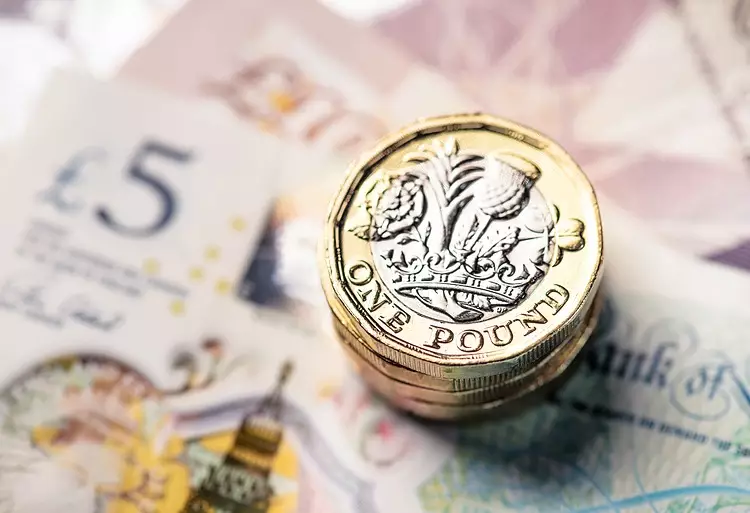The Pound Sterling has been on a roller coaster ride, dropping to 1.2700 against the USD as the Federal Reserve signals only one rate cut this year. Investors are closely monitoring the Fed’s decisions regarding inflation before considering any rate cuts. However, the Pound Sterling’s performance has been weak against North American and European currencies, while showing strength against most Asia-Pacific peers.
Bank of England’s Monetary Policy Meeting
The upcoming Bank of England’s monetary policy meeting is anticipated to keep interest rates steady at 5.25%. Investors are eager to see how policymakers will vote on a rate-cut decision after Deputy Governor Dave Ramsden and Swati Dhingra both voted for lowering interest rates by 25 basis points to 5.0% in the previous meeting. Despite progress in inflation declining to 2%, Governor Andrew Bailey indicated that a rate cut is not yet feasible, causing uncertainty in the near-term outlook of the GBP.
With financial markets divided between possible rate cuts in August or September, investors are eagerly awaiting the CPI report for May to gauge the UK’s economic situation. While headline inflation seems to be on track to reach the desired rate of 2%, service inflation driven by wage growth remains a significant concern. The latest UK Employment report revealed steady growth in Average Earnings, indicating higher wage inflation than required to meet the BoE’s target.
The Pound Sterling’s decline to a two-day low near 1.2740 against the US Dollar has put pressure on the GBP/USD pair. Attempting to establish above the 78.6% Fibonacci retracement support at 1.2770, the Cable faces selling pressure. While the 20-day Exponential Moving Average hovers around 1.2730, the 50-day EMA at 1.2670 suggests a positive near-term trend. However, the 14-period Relative Strength Index indicates fading upside momentum.
The Federal Reserve plays a crucial role in shaping global economic indicators, particularly affecting the Pound Sterling. With a dual mandate to achieve price stability and foster full employment, the Fed adjusts interest rates to control inflation and borrowing costs. Fed policy decisions impact the value of the US Dollar, making it more attractive for international investors when rates are raised, and weakening it when rates are lowered.
Quantitative Easing and Tightening
In extreme economic situations, the Federal Reserve resorts to Quantitative Easing (QE) to increase credit flow. This unorthodox policy involves buying high-grade bonds from financial institutions to stimulate the economy. On the contrary, Quantitative Tightening (QT) is the process of reducing bond purchases, which strengthens the US Dollar. Both QE and QT have far-reaching effects on global currency exchange rates, influencing the Pound Sterling’s performance in the foreign exchange market.
The Pound Sterling’s future remains uncertain amidst global economic developments, particularly the actions of the Federal Reserve and the Bank of England. Investors and policymakers alike are closely monitoring inflation, interest rates, and economic indicators to anticipate potential fluctuations in the GBP’s value. The interplay between central bank decisions, economic data, and market speculation will continue to shape the Pound Sterling’s performance in the coming weeks.


Leave a Reply